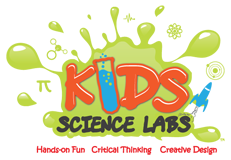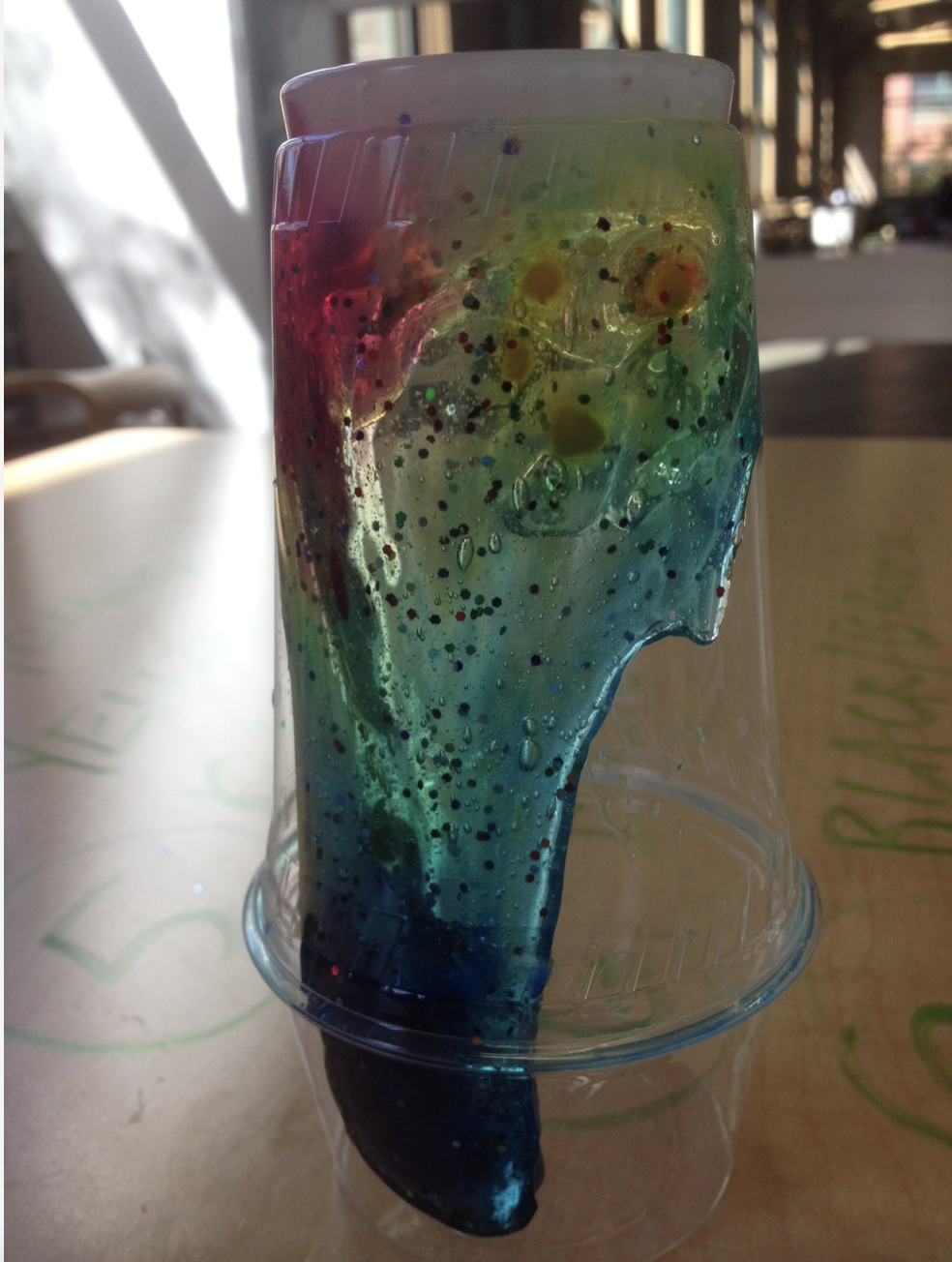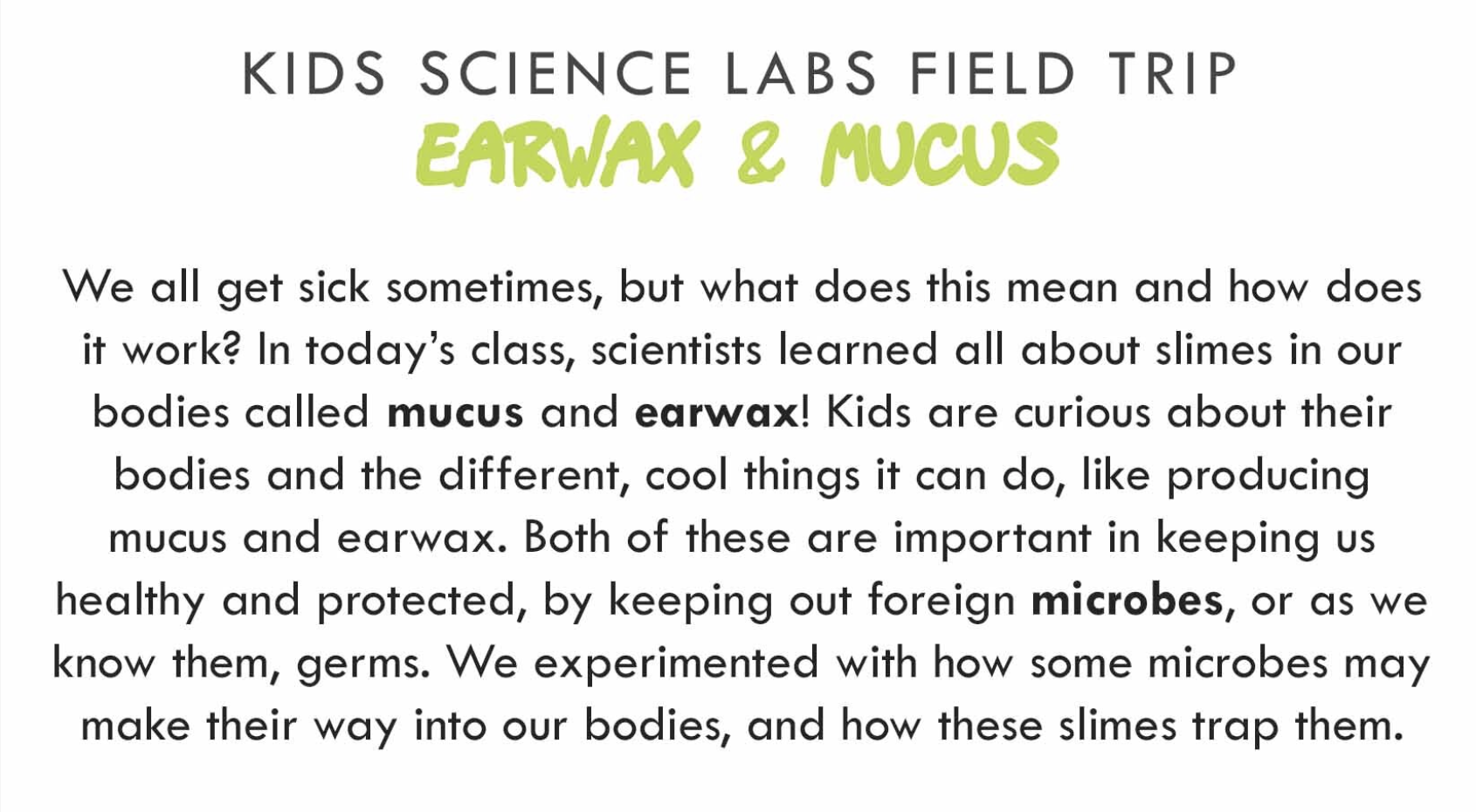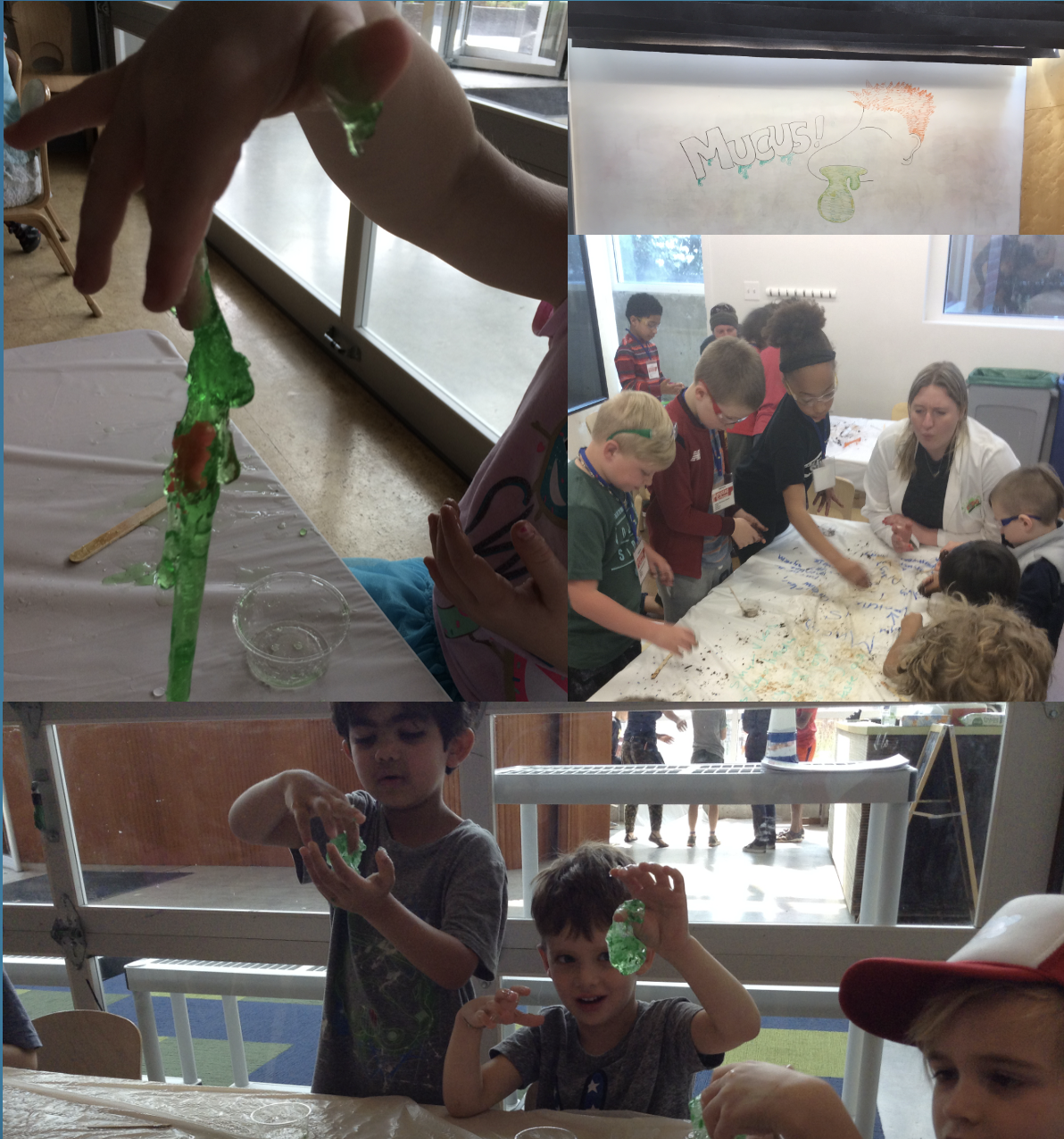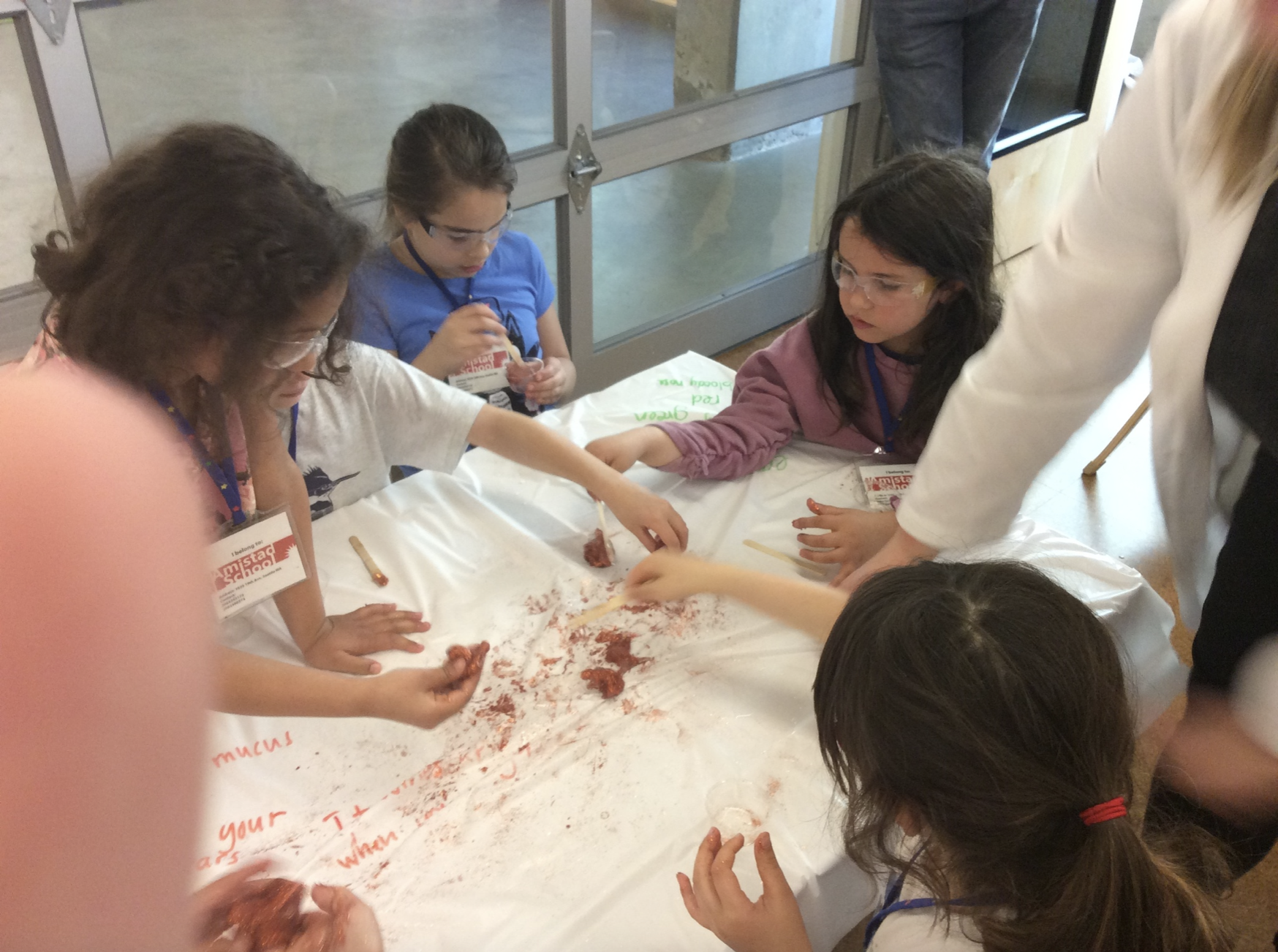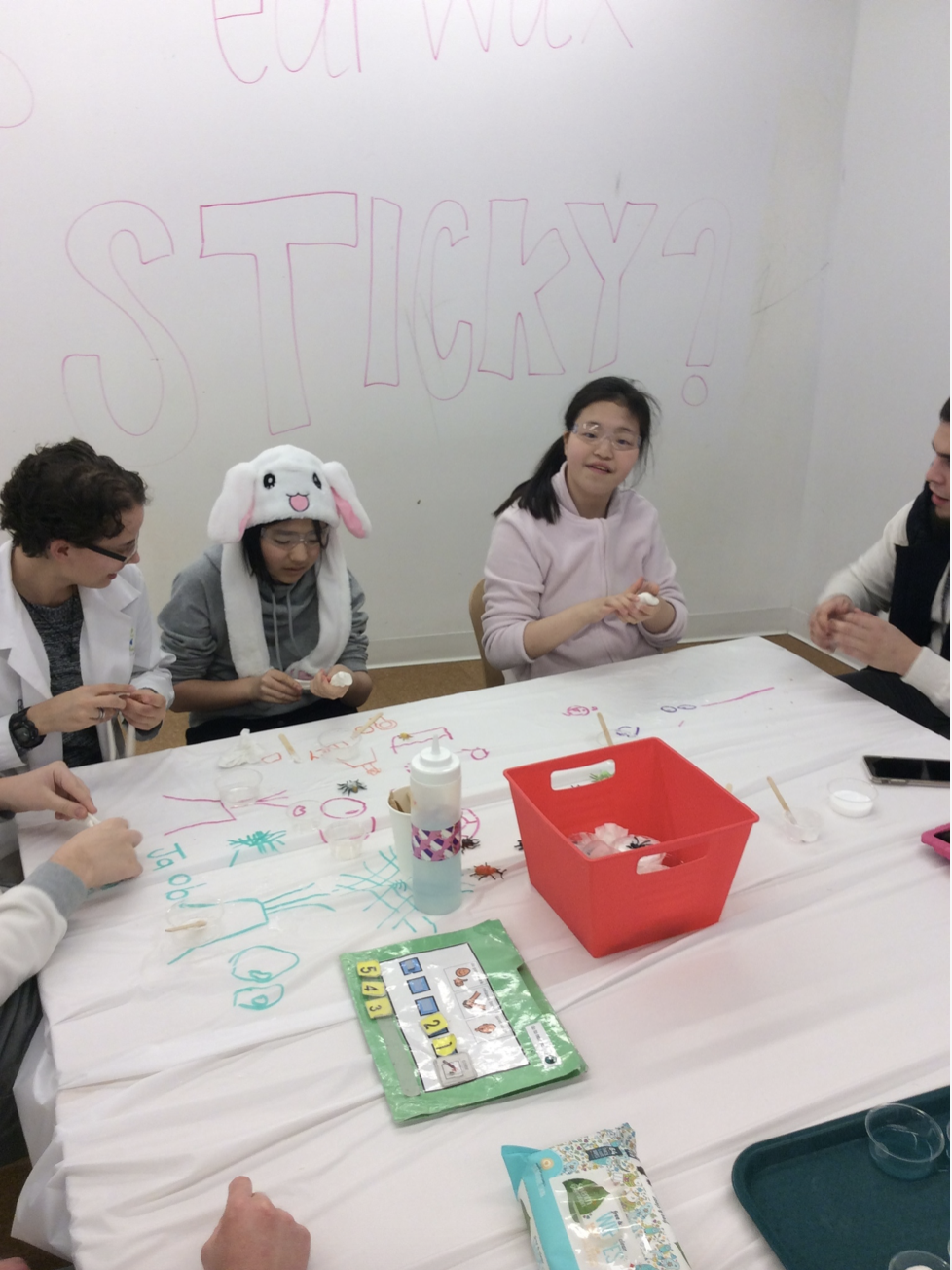Rockets are massively heavy, yet we can lift them, not just off the ground, but beyond Earths gravitation pull! There is something very real about the atmosphere and the special force between any two massive objects, called gravity, and we want to do real experiments to explore propulsion science and how rockets can escape Earth’s Gravity. Our students looked at both physical (throwing) and chemical (reacting chemicals) to boost objects with forces, and explored the relationship between propulsion science and the weight and shape of the objects being launched.
Don’t forget your INNOVATION BOX, which is customized by your child every Wednesday at Kids Science Labs, to enable at home science and create new neuroscience pathways that increase the fun and build real confidence with hands-on science. ….Watch below with your child to advance their learning of how the tallest buildings in our cities were designed and built!
As members, please take advantage of our KSL Rewards Program that offers benefits to our entire community. Call us at (773-798-2012 or email support@kidssciencelabs.com) and mention “KSL Blog”
20% off any new program registration (parties, camps, group events, field trips) after this camp
Free access to KSL Academy Programs for gifted and enthusiastic young scientists
Social media raffle for members to win birthday party giveaways at Kids Science Labs
Exclusive members-only Youtube content that powers kids to outperform in STEM long-term and on NGSS tests in 3rd, 5th, and 7th grade!
You can watch this slow motion video of a KSL 6yr old launching a chemical propulsion rocket for Adventures in Space and How Rockets Work to help enable your child to think more deeply about rocket propulsion..
